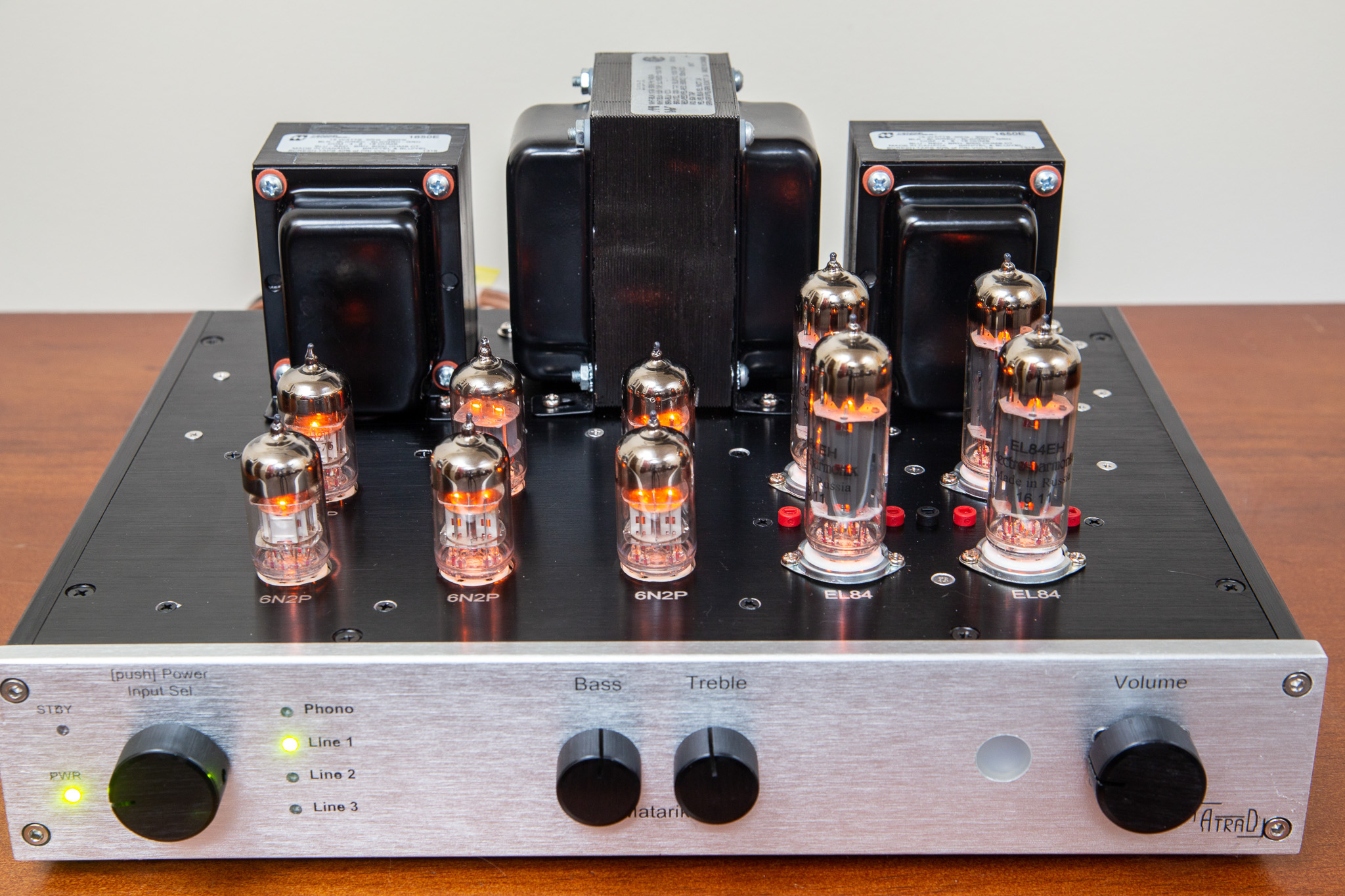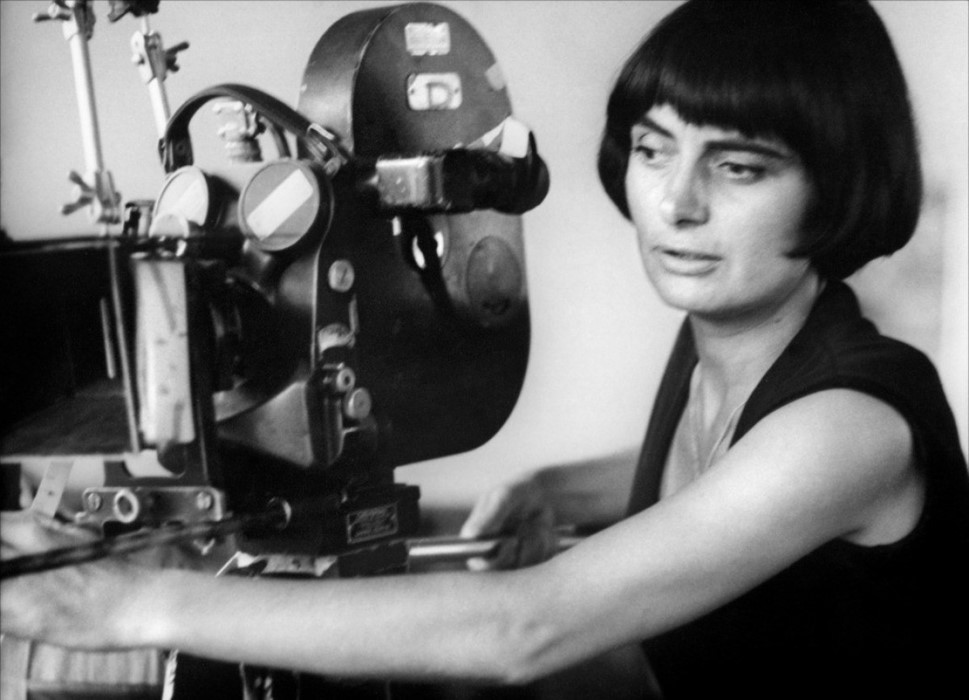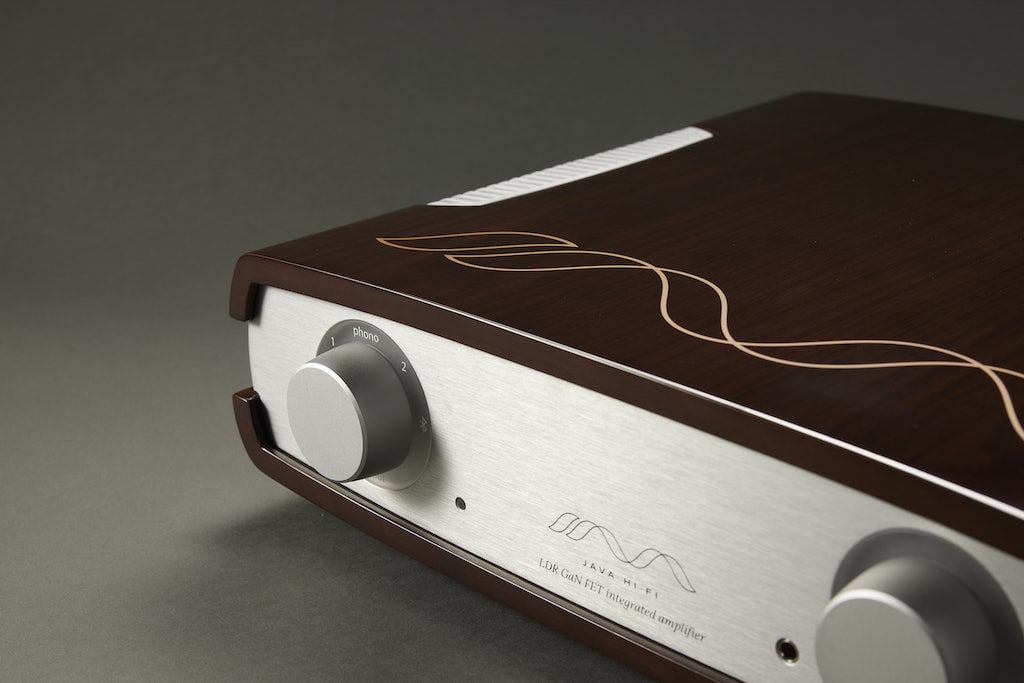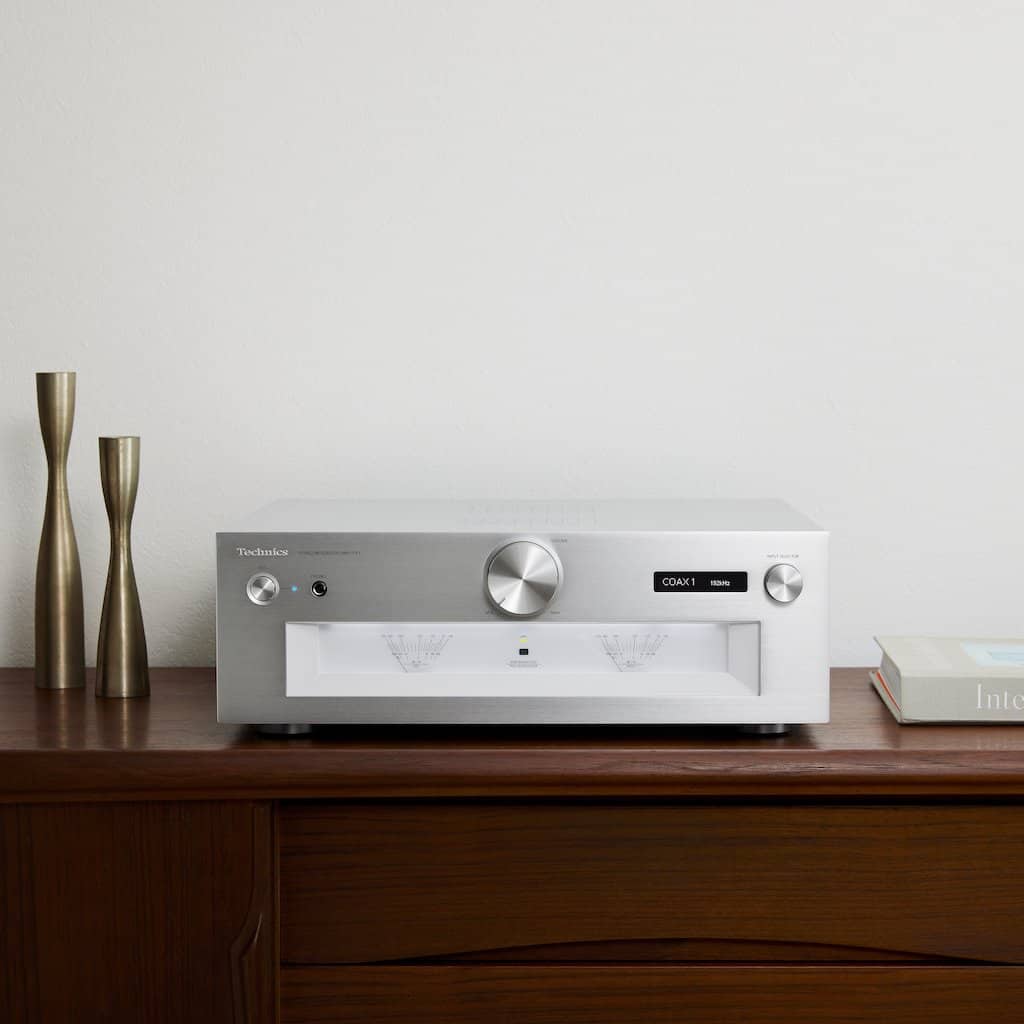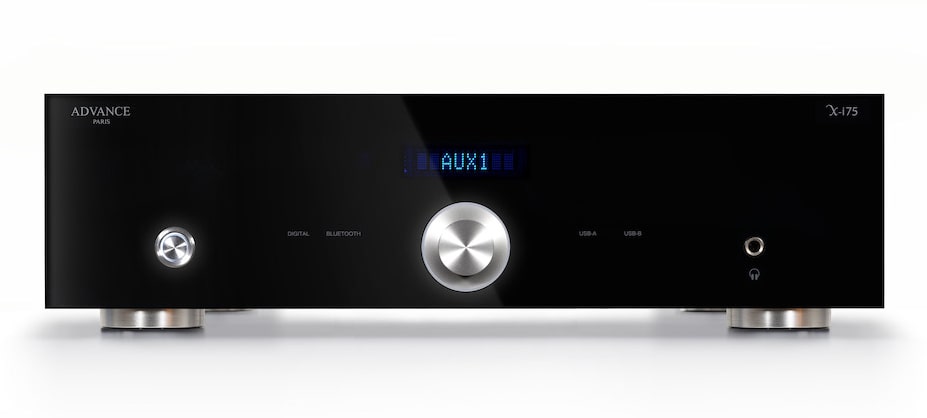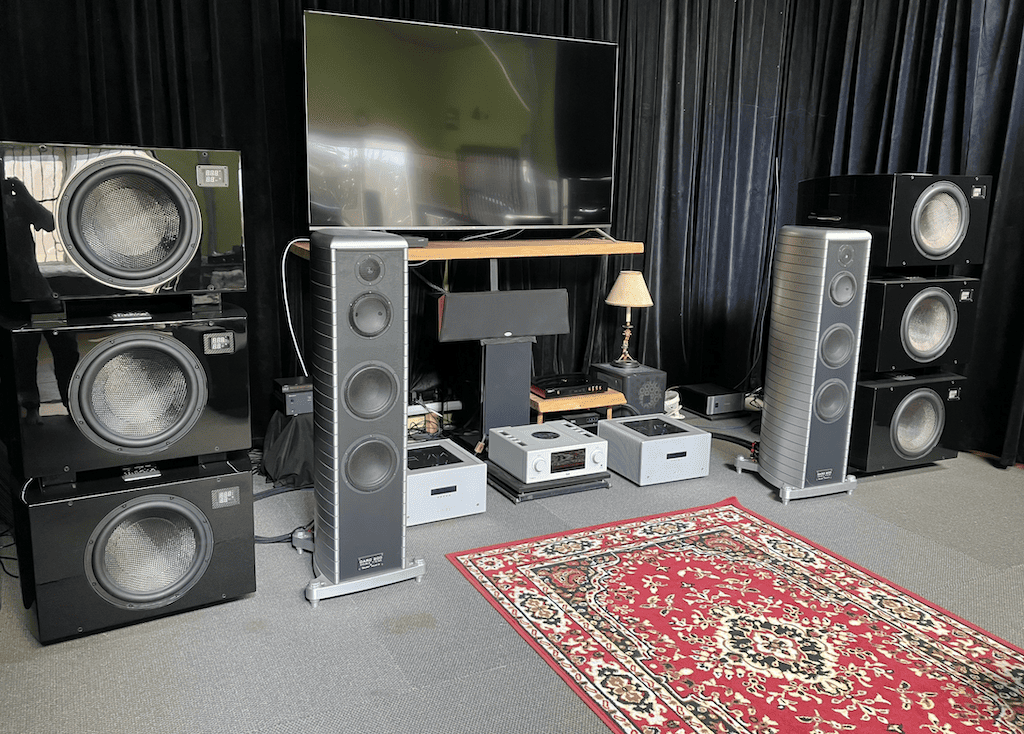Summary
Atrad Audio Matariki Valve Amplifier REVIEW
RICHARD VAREY discovers a very fine valve amplifier that’s made in Porirua. Yes, you heard right! Read on for his full review.
$2250
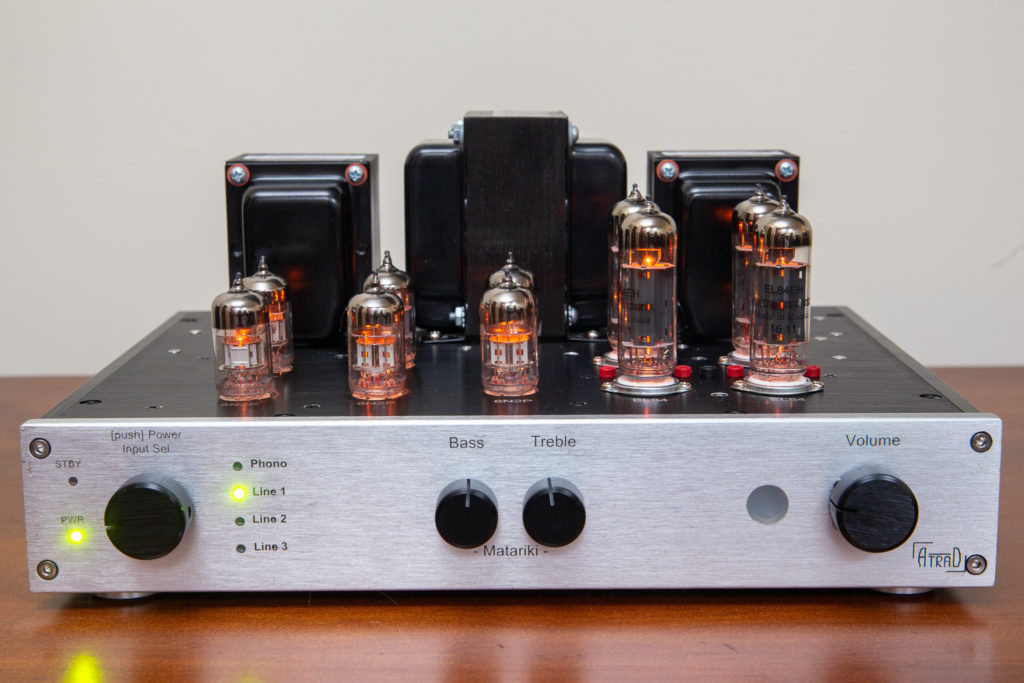 There was a (long) time when I believed that a valve amplifier would sound a bit limp, flat, quite lifeless, and tonally soft, without punch. That was before I (finally) listened extensively to my music with a carefully designed tube amplifier.
There was a (long) time when I believed that a valve amplifier would sound a bit limp, flat, quite lifeless, and tonally soft, without punch. That was before I (finally) listened extensively to my music with a carefully designed tube amplifier.
Right now, that’s what I’m doing, and the sound quality is very engaging. The Married To The Blues album by Riverside Slide has warm tone, weight, punch, and detail. The music playing sounds present and pleasant (and that’s a mere rhyming understatement). There’s a most realistic sonic image of the band in front of me. I love it.
So how come a hand-built amplifier from Porirua sounds so good? I’m not really surprised, as my recent introduction to Adam Rosner’s work set up some expectation that my listening experience is confirming, and then some. I really like the liveliness and tone. Instruments are realistic and the image presentation has depth and solidity.
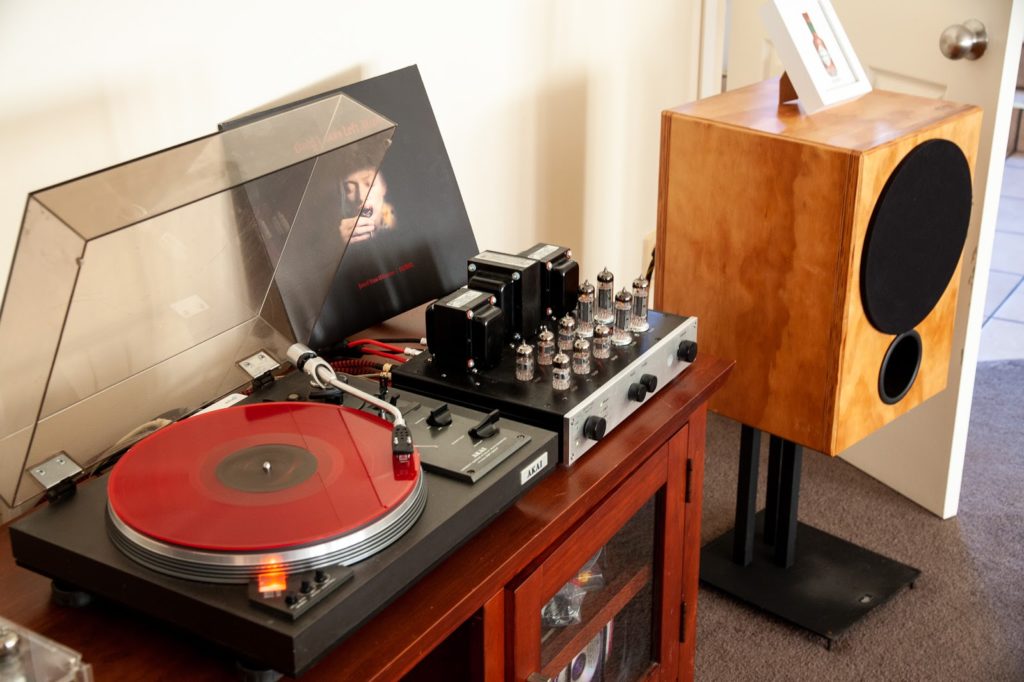 The Matariki is quite unassuming, although you know it’s a serious beast by its sheer weight. Heavy it is, and it’s also quite compact, just 330 x 245 x 75 mm. It’s the Hammond transformers from Canada that are massive and very heavy. The valves used are five 6N2 dual triode, one 6N1 medium gain double triode, and four 6P14P power pentode which are equivalent to EL84.
The Matariki is quite unassuming, although you know it’s a serious beast by its sheer weight. Heavy it is, and it’s also quite compact, just 330 x 245 x 75 mm. It’s the Hammond transformers from Canada that are massive and very heavy. The valves used are five 6N2 dual triode, one 6N1 medium gain double triode, and four 6P14P power pentode which are equivalent to EL84.
For those who need to know, it’s a line-level amplifier, with grounded cathode gain stage, DC-coupled cathodyne phase inverter, and push-pull EL84 output operating in class AB using fixed-bias ultralinear topology with global negative feedback. Output is 15W RMS per channel over 10-24,000 Hz with 1.5 percent THD. The gain stage uses a 6N2 valve and the phase inverter uses a 6N1. This unit has a 2 x 6N2 phono stage in addition to three line inputs. A remote control is included. Tone controls also use 6N2 valves providing +/- 12dB. The valve sockets have gold contacts. There’s not much more to say about the construction, except that it’s hand-assembled by the designer with point-to-point wiring and custom PCBs, and using standard components.
“All the tubes are 1970s vintage Russian military surplus new old stock”
I talked with Adam Rosner recently about his amplifiers. They are hand designed and built vacuum tube hi-fi amplifiers, for old-style listening with a pair of stereo speakers. The Matariki has that classic ‘get what you see’ form, and is solidly constructed, with an honest handmade finish.
“The circuit design is my own,” says Adam. “I didn’t use someone else’s schematic but rather designed it from the ground up, including the PCB layouts. All the tubes in that one are 1970s vintage Russian military surplus new old stock, of which there is a seemingly endless supply and they are of a consistently high quality”.
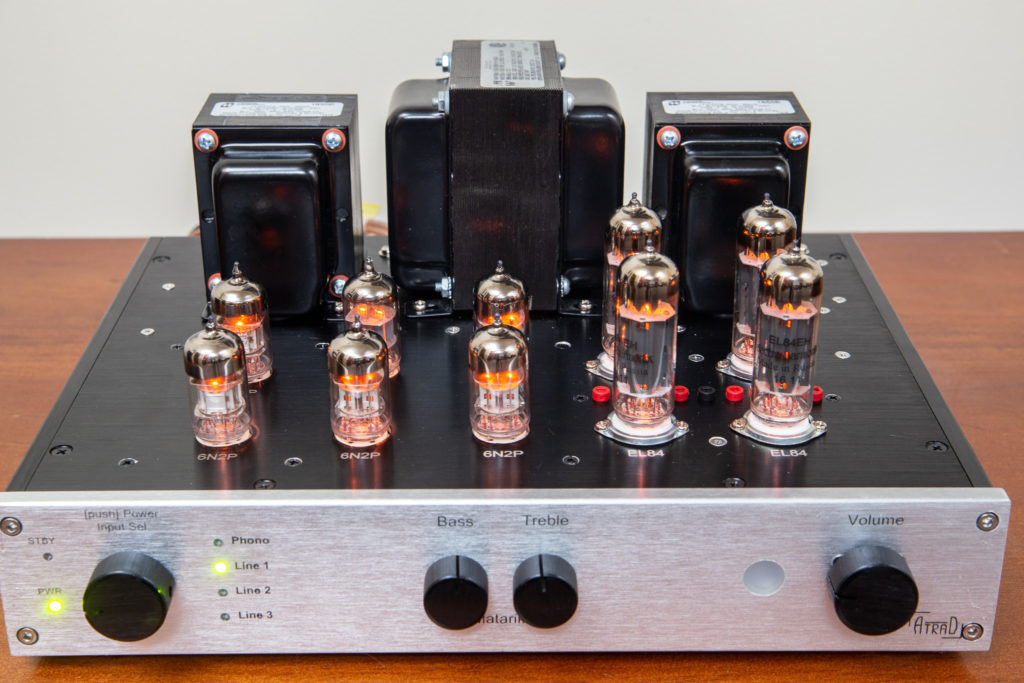 The Matariki has separate treble and bass equalisation (tone) control, which I didn’t use. “I’d had the idea to put a tone control bypass switch in, but after measuring the performance of that tone control section I deemed it unnecessary – the amount of noise and distortion it adds is utterly negligible, not worth the cost of the extra parts to bypass it.”
The Matariki has separate treble and bass equalisation (tone) control, which I didn’t use. “I’d had the idea to put a tone control bypass switch in, but after measuring the performance of that tone control section I deemed it unnecessary – the amount of noise and distortion it adds is utterly negligible, not worth the cost of the extra parts to bypass it.”
There’s something especially appealing about the heat and light of the thermionic valve. Since the advent of semiconductor chips, electronic circuits have been rather unassuming, to be put out of sight, and so unknown – not mysterious, rather uninteresting. Valves, on the other hand, are tactile and visually appealing. There’s a ‘visibly operating’ aesthetic.
“If you match the 15 watts per channel up to reasonably efficient speakers, they can punch above their weight”
My immediate reaction to music emanating from the hefty and hot glowing metal machine is delight. I’ve played a lot of familiar albums, and all sound fresh, dynamic, and engaging. Not at all the idea I’d harboured that a valve amplifier may be disappointing. One question that inevitably arises with valve amplifiers is power rating. EL84 design amplifiers always look under-powered on paper. However, if you match the 15 watts per channel up to reasonably efficient speakers, they can punch above their weight. I can vouch for how impressive the volume was without any hint of clipping. Small on power, but big on performance.
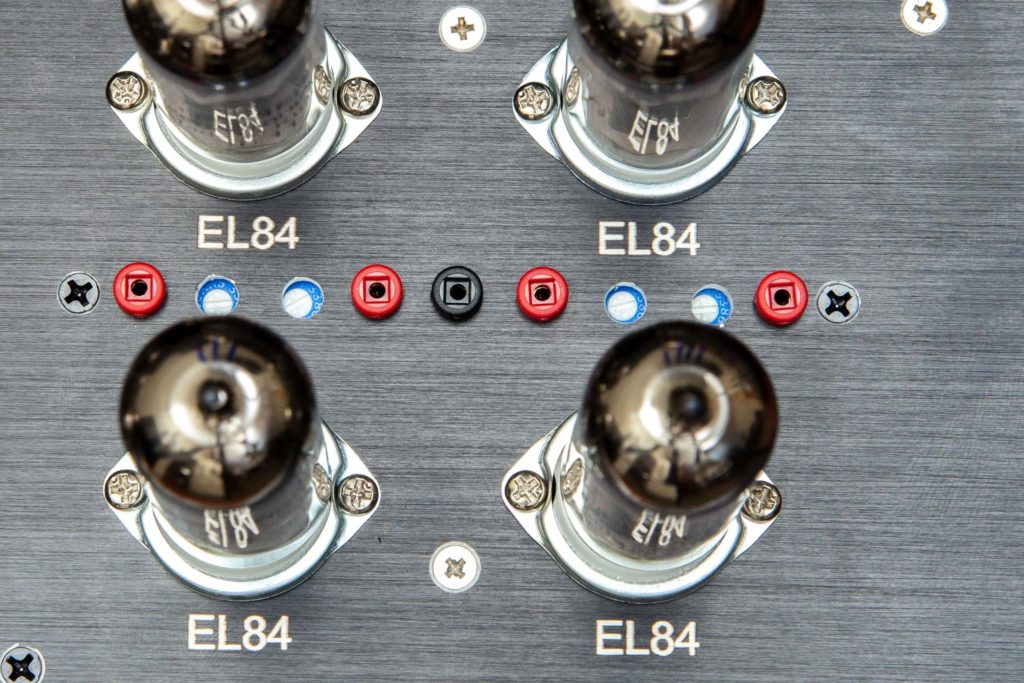 I’ve played Jewel, The Yardbirds, The Danny McCrum Band, Jesse Younan, Ellis Paul, Patty Griffin, jazz, piano, unamplified guitar, male and female voices, African drumming and lots more. I chose a range of styles. All sound great. I’m struck by the natural timbre, the dynamics, the detail, the three-dimensional image, recorded ambiance, and the absence of audible background noise. A rich sonic illusion right there in front of me. Oh, and the excitement of creative expression and auditory stimulus just comes through. The performance seems so present, with attack and punch, as well as smooth and rich tone. Particularly clear was the extended bass control with a treble that was pleasingly sweet. The valve colouration/character, which technically should be called distortion, just sounds right. Instrument and voice tones were realistic.
I’ve played Jewel, The Yardbirds, The Danny McCrum Band, Jesse Younan, Ellis Paul, Patty Griffin, jazz, piano, unamplified guitar, male and female voices, African drumming and lots more. I chose a range of styles. All sound great. I’m struck by the natural timbre, the dynamics, the detail, the three-dimensional image, recorded ambiance, and the absence of audible background noise. A rich sonic illusion right there in front of me. Oh, and the excitement of creative expression and auditory stimulus just comes through. The performance seems so present, with attack and punch, as well as smooth and rich tone. Particularly clear was the extended bass control with a treble that was pleasingly sweet. The valve colouration/character, which technically should be called distortion, just sounds right. Instrument and voice tones were realistic.
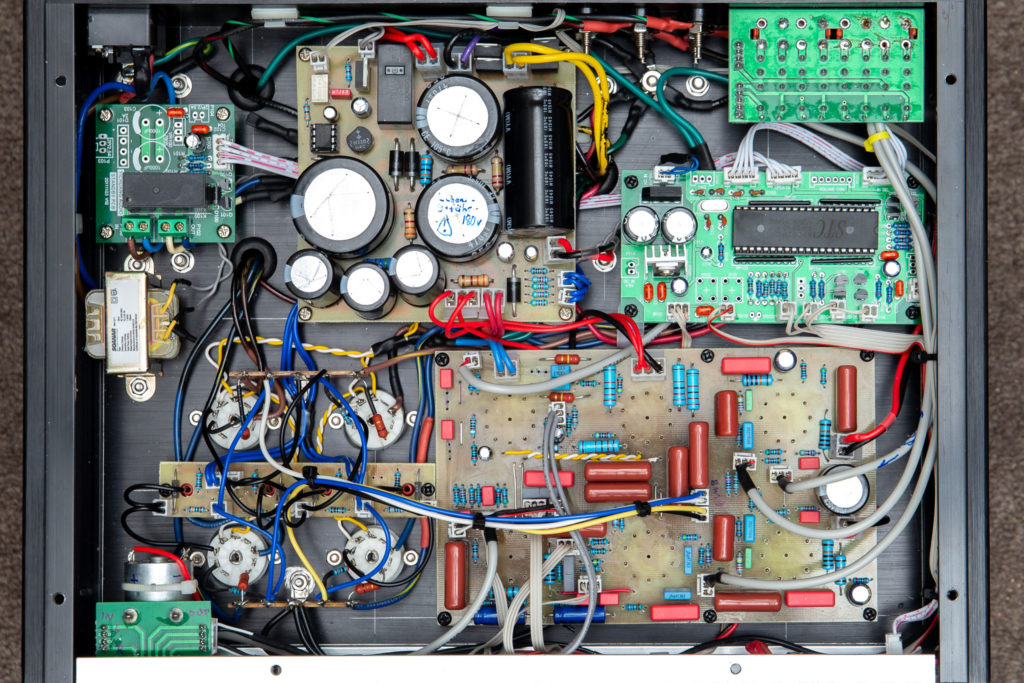 While on loan for this review, a prospective buyer visited to audition the amplifier – Adam had built this unit especially for the review. We chatted and I sat back and listened to his choice of music. He had some practical design knowledge, so he knew what he was looking and listening for, and he liked it, and was impressed by the work that had gone into the design and construction.
While on loan for this review, a prospective buyer visited to audition the amplifier – Adam had built this unit especially for the review. We chatted and I sat back and listened to his choice of music. He had some practical design knowledge, so he knew what he was looking and listening for, and he liked it, and was impressed by the work that had gone into the design and construction.
And yes, he did buy it. A few weeks later, I asked him what he thought of his new amplifier …. “Probably the most obvious is the bass response, particularly noticed with CDs. I’m hearing notes that haven’t been heard on previous systems with the same speakers – Technics, Sony, Sansui. In addition, the interaction between the output transformer and the speaker’s varying impedance through the frequency response range results in a more accurate presentation of the music, compared to AC coupled or direct drive from the output stage. This can be a controversial comment, but there is sound theory to back it up – maximum power transfer. The tone controls, they aren’t needed. In my experience, when the system components complement each other, the tone controls are made redundant.”
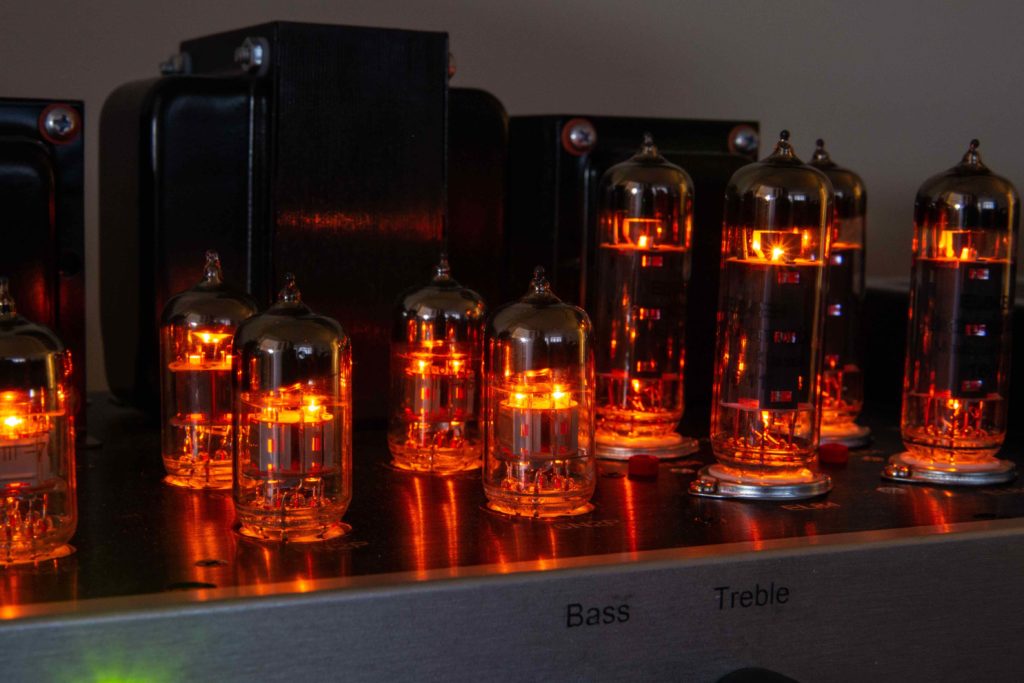 The Matariki is a weighty yet petite performer that packs a musical punch with presence and panache. It’s no lightweight, either physically or sonically. That it’s locally designed and handmade is the icing-on-the-audiophile-cake provenance that makes this amplifier worth hearing for anyone who appreciates the finer points of two-channel recorded music reproduction.
The Matariki is a weighty yet petite performer that packs a musical punch with presence and panache. It’s no lightweight, either physically or sonically. That it’s locally designed and handmade is the icing-on-the-audiophile-cake provenance that makes this amplifier worth hearing for anyone who appreciates the finer points of two-channel recorded music reproduction.
* Note: Adam Rosner makes amps as a hobby rather than a business, so availability can be an issue. If you wish to hear one of his amps, contact him directly.

